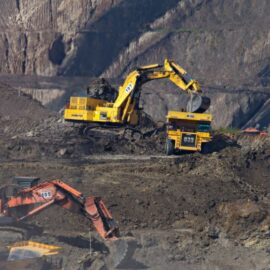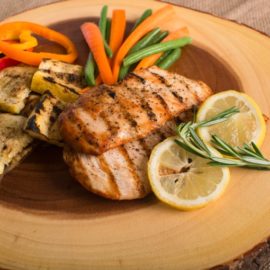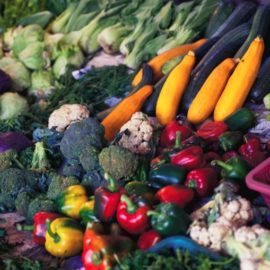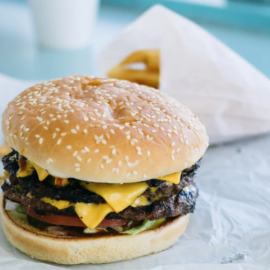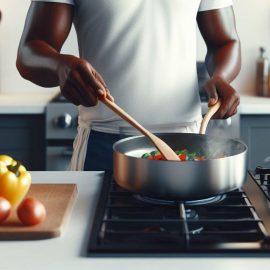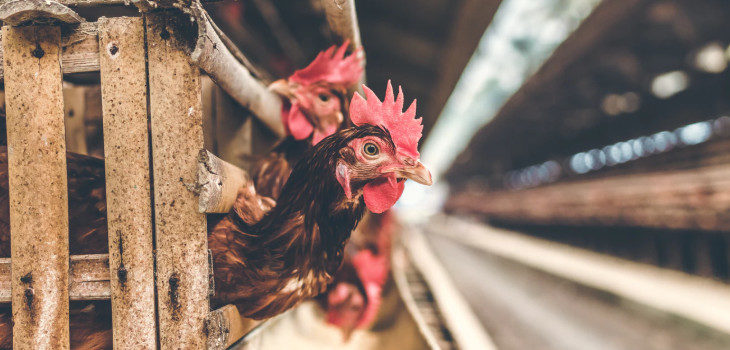
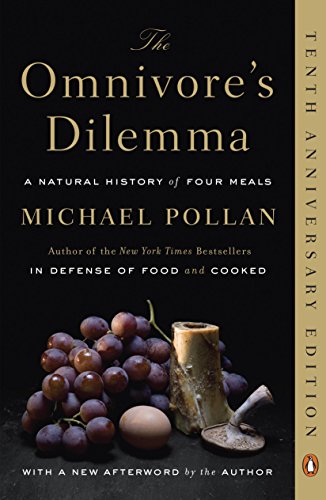
This article is an excerpt from the Shortform summary of "The Omnivore's Dilemma" by Michael Pollan. Shortform has the world's best summaries of books you should be reading.
Like this article? Sign up for a free trial here .
After organic animals are raised, how are they slaughtered in an organic process? Learn about organic slaughter practices here.
Polyface Farm processes and packages its own chickens. The government allows organic farmers to process a few thousand birds on farms, but most other food animals must be processed in a state- or federally-inspected facility.
Polyface Farm does its organic slaughter processing in an open-air assembly line of steel sinks and water tanks, which customers can watch if they want to. Birds are placed upside down into metal funnels or cones, with their heads sticking out the bottom of the cone. Their necks are quickly cut and they are bled out.
The federal regulations for organic slaughter processing facilities are rigid and specific — for instance, walls must be painted white, with screen doors and windows. Processors are required to provide an exclusive bathroom for the USDA inspector.
Organic slaughter regulations are one-size-fits all and are difficult to apply to small organizations. For instance, because Salatin’s process is open-air, conducted in an open-sided building, it lacks white-painted walls.
However, there are no federal standards for food-borne pathogens (if there were, inspectors would have to test and order recalls of meat.) Yet government research has shown that the main cause of food-borne illness in the U.S. is centralized production and processing, plus long-distance transportation of meat. Irradiation rather than decentralization is the solution.
Slaughtering animals, even organic, can be dehumanizing to the people doing it and inhumane to animals if it becomes routine. Polyface Farm processes chickens only a few days a month, so it doesn’t become routine. Salatin says this keeps workers focused on what they’re doing, so organic slaughter personnel can be as careful and humane as possible.
Salatin believes transparency is a better guarantor of a clean and humane process than regulations or irradiation.
———End of Preview———

Like what you just read? Read the rest of the world's best summary of Michael Pollan's "The Omnivore's Dilemma" at Shortform . Learn the book's critical concepts in 20 minutes or less .
Here's what you'll find in our full Omnivore's Dilemma summary :
- What does Omnivore's Dilemma mean?
- Why is industrial farming so bad for you and the environment?
- How did corn and its byproducts (like corn syrup) end up in tens of thousands of foods?
- How is Industrial Organic food like at Whole Foods not much better than massive industrial farming?
- What happens when you try to forage for your own food?

